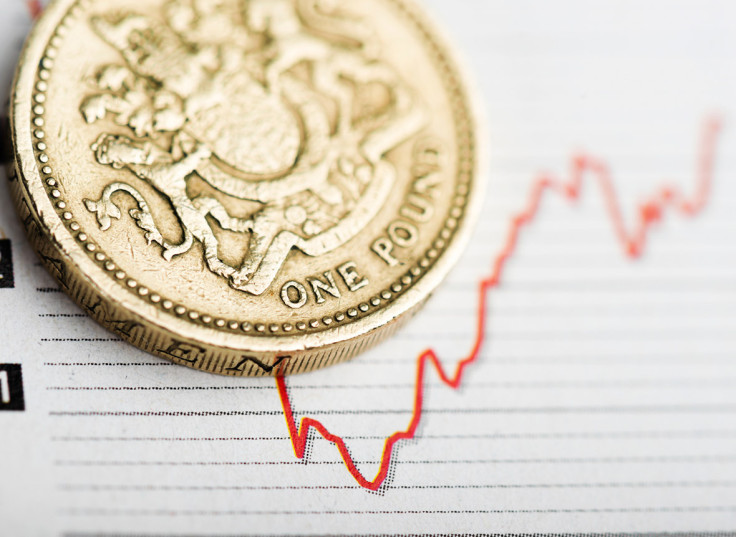Pound rises ahead of GDP data as UK's factory output hits 22-year high
Sterling climbs above $1.30, as investors await figures on UK's economic growth.

The pound was on the front foot against the dollar on Tuesday (25 July), as the UK's factory output rose at the fastest pace in 22 years and investors awaited data the country's economic growth.
Having struggled through most of July, sterling was 0.37% higher against the dollar, trading at $1.3077, and broadly flat against the euro, fetching €1.1182.
The sudden spike against the greenback came as data released by the Confederation of British Industry (CBI), showed Britain's factory output climbed to its highest level since January 1995 in the three months to July.
The survey of 397 manufacturers also found businesses were optimistic over exports growth in the next 12 months, despite a decline in new order growth.
Andrew Wishart from Capital Economics said the survey suggested the recent weakness in the hard manufacturing data could soon be replaced by steady growth, while the quarterly indicated the improvement will be maintained throughout the third quarter.
"Today's survey adds to the evidence that the recent weakness in manufacturing will soon be reversed," he added.
"An improvement in the sector's fortunes should help to offset a slowdown in consumer services over the rest of the year."
However, Samuel Tombs, chief UK economist at Pantheon Macroeconomics, warned against reading too much into the survey, as the CBI's reports have been "far too upbeat" over the last six months.
"The CBI's survey has a small sample size and it is not seasonally adjusted, despite showing a strong seasonal pattern," Tombs explained.
"Its measure of orders also reflects the number of manufacturers reporting them to be above or below 'normal', which is a moving target. For now, then, we're inclined to place less weight than usual on the CBI's survey."
Investors' attention will now switch to the release of second quarter GDP data, which is scheduled for tomorrow (26 July) and which could have a drastic impact on the pound. The UK economy is expected to have grown 1.7% year-on-year in the second three months of 2017, compared with 2% in the first quarter.
On a quarterly basis, meanwhile, economists forecast a 0.3% growth, slightly higher than the 0.2% recorded in the first quarter.
In its latest survey of economic growth published earlier this week, the International Monetary Fund said it expects the UK economy to grow by 1.7% this year, compared with the 2% it forecast in April, while growth forecast for 2018 remained unchanged at 1.5%.
"The GDP growth number is very politically charged at the moment, because it acts as a scoreboard for Brexit," said Laith Khalaf, senior analyst at Hagreaves Lansdown.
"Expectations are for growth of just 0.3%, which if met would suggest a disappointing showing in the first quarter was not just a one-off blip."
Khalaf added a growth number close to 0.3% would be higher than the dire economic forecasts released saw in the immediate aftermath of Brexit, but would make the latest Bank of England prediction for 1.9% growth this year a bit stretched, and requiring a significantly stronger second half of the year.
"We shouldn't set too much store by one quarter's GDP number, however the longer term picture is important," he explained.
"Economic growth provides employment and wage rises, and helps to keep government borrowing in check. It also influences monetary policy [...] so the GDP growth number is significant for almost everyone in the country, even those who aren't keeping tally on Brexit."
© Copyright IBTimes 2025. All rights reserved.






















